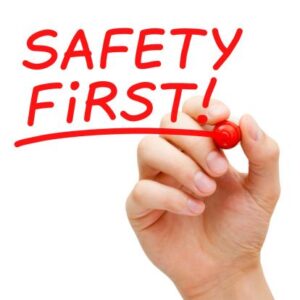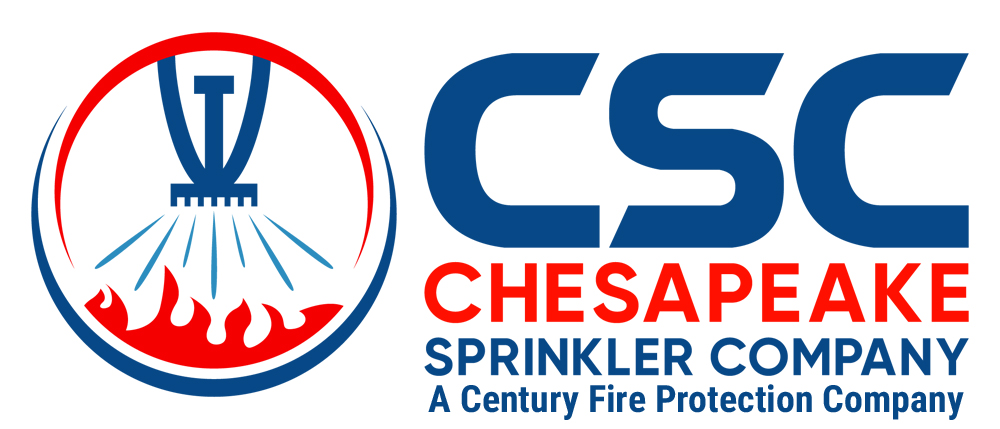Fire safety systems are dependable, but you want to ensure they perform as designed during an emergency. It’s not enough to have well-designed fire safety systems. It’s also essential to ensure that these systems have regular inspections, maintenance, and testing. If not, you could put your entire building at risk, losing valuable assets and even life. Here are some essentials about keeping fire safety systems safe with inspections, maintenance, and testing.

Fire safety should be taught and practiced in all environments.
What Could go Wrong with Fire Safety Systems?
The cause is most likely a lack of maintenance and attention when a system fails to operate correctly during an emergency. Alarms might go silent. Smoke detectors might have dirt clogged in them. Also, something as minute as failing to reopen a valve after working on a system could cause equipment not to function optimally. Managers can avoid these simple yet potentially dangerous mistakes through proper maintenance procedures.
What are Excellent Compliance References for Managers?
The National Fire Protection Agency (NFPA) outlines the “latest safety provisions to meet society’s changing fire detection, signaling, and emergency communication demands.” The NFPA 72 focuses on fire alarm systems and details safety procedures regarding weather-related, biological, chemical, and nuclear emergencies. Managers should consider requirements from the NFPA 72, the authority having jurisdiction (AHJ), and system manufacturer recommendations to ensure they meet a minimum level of compliance. The three core parts of any program designed to keep fire and life safety systems operating are:
- Inspections
- Maintenance
- Testing
Inspections
Systems deteriorate over time. Batteries fail, components corrode, indicator lights burn out, and dirt builds up in smoke detectors and sprinkler heads. Performing regular inspections, conducting the necessary tests, and keeping up with the maintenance tasks are the only way to keep these systems reliable. Inspections are also essential in identifying where changes have happened to the facility and its operations. Some changes might need modifications to the existing systems or the installation of additional fire and life safety equipment. A new system installation will require an acceptance test.
Acceptance Testing
Acceptance testing for new systems requires the verification of all fire alarm initiating devices, such as pull stations, smoke and heat detectors, and alarm notification devices. Interfaces with other building systems such as elevators and HVAC systems also need verification. Once acceptance testing is complete, an inspector must complete and sign off on a detailed report they must provide to the owner or manager before people can occupy the building. Furthermore, an inspector has to give the manager:
- Operator instructions and maintenance manuals
- Testing procedures based on frequencies
- Troubleshooting steps
The exact process goes for any modifications to preexisting systems.
Scheduled and Annual Inspections
Some systems will need fewer or more tests or inspections than others. For example, it’s beneficial if, each week, technicians see that central panels and other control equipment are in normal operating condition. This process involves a visual inspection of:
- Trouble and system power lamps
- Fuses
- Building system interfaces such as elevator recall, sprinkler system activation, and fire pumps
Additionally, system batteries need a monthly leak check, while terminals should be tight and corrosion-free. Load testing should have an assessment for particular batteries. However, the entire fire system, as a whole, should have an annual inspection.
Maintenance
The primary purpose of maintenance is to test whether existing systems need corrections. Maintenance requirements increase as fire safety systems age. Even if systems pass, they have a finite life span, typically lasting 15-25 years. Beyond that point, maintenance costs will increase drastically. Furthermore, it might be harder to find older parts for outdated systems. Contact Chesapeake Sprinkler today to ensure your fire safety systems are safe with inspections, maintenance, and testing.
Contact Chesapeake Sprinkler Company Today!
Chesapeake Sprinkler Company is a leading fire sprinkler contractor in the region, which is now a member of the Century Fire Protection family. As a full-service fire protection company, we offer design, fabrication, installation, testing, maintenance, and inspection of fire protection systems. Everything you need from your fire suppression specialist.
For more information, please email or call our Odenton location at 410-674-7041, our Ashburn location at 703-729-5150, or for service/maintenance at 410-674-7577. For emergencies, call 800-298-3473 (FIRE). Feel free to keep in touch through Facebook, Twitter, or LinkedIn!
